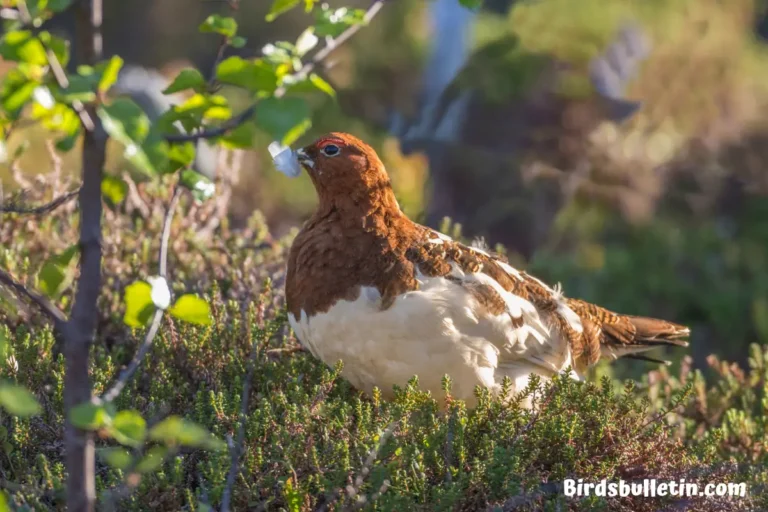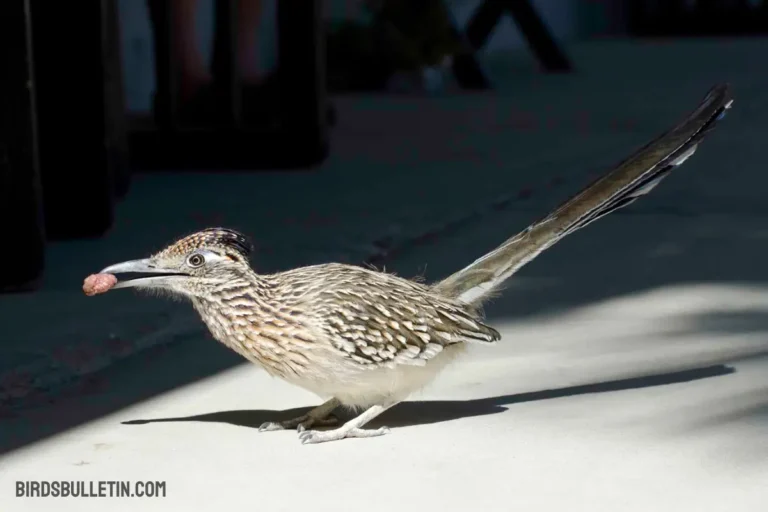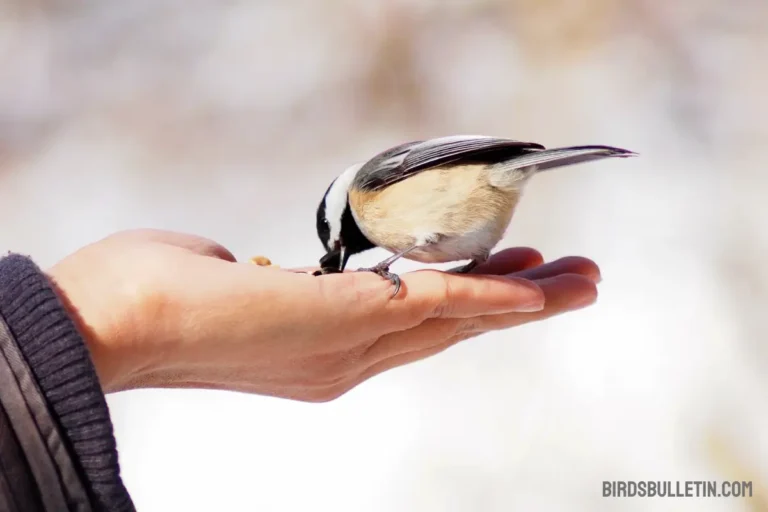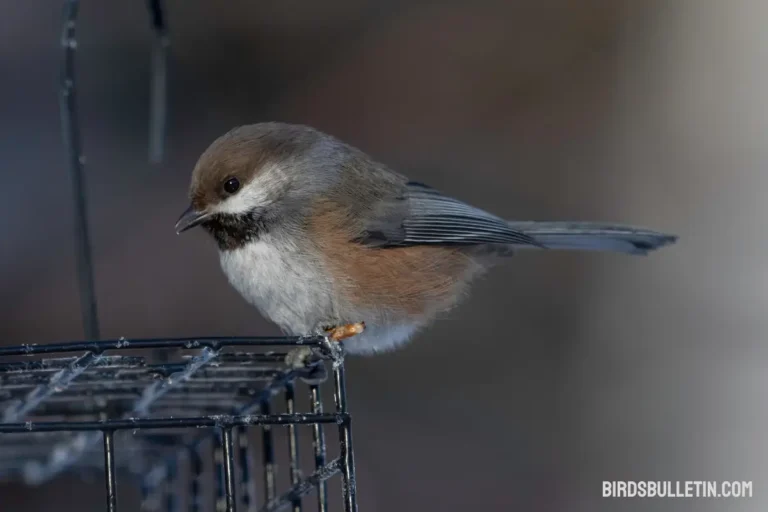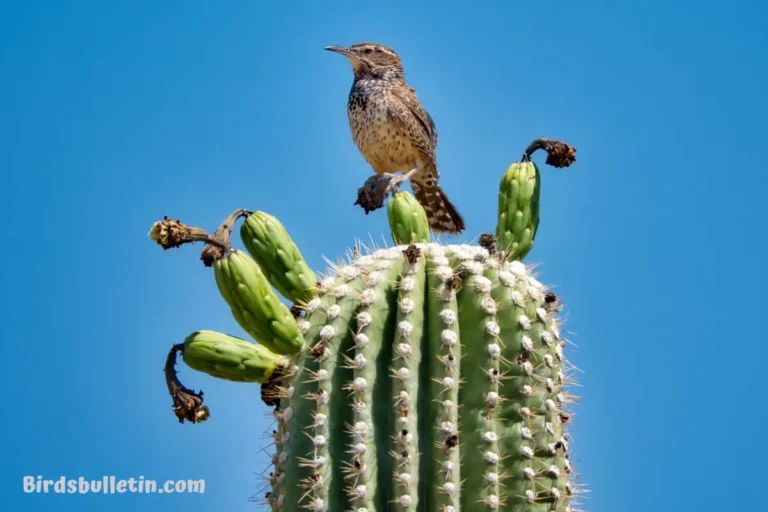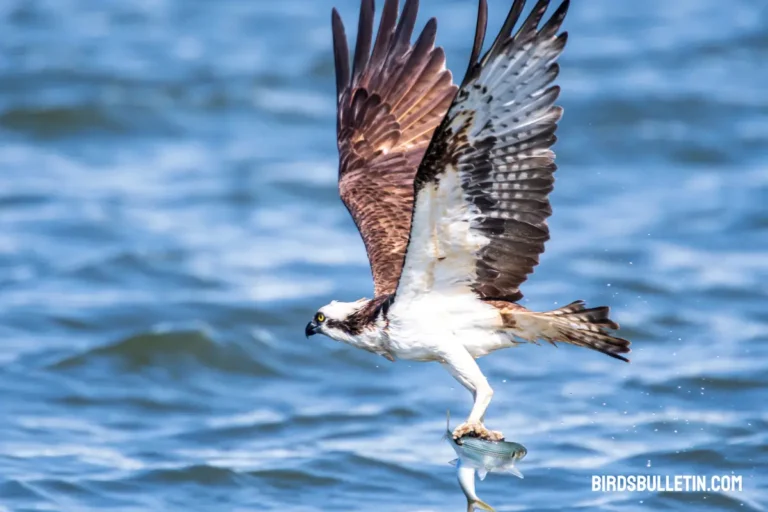What Do Carolina Chickadees Eat?
The Carolina chickadee (Poecile carolinensis) is a small songbird familiar to many residents of the southeastern United States. Weighing a mere quarter ounce, these energetic birds manage to find food and survive despite their tiny size.
Carolina chickadees are resourceful omnivores, feeding on a variety of plant and animal sources. Their diet changes throughout the year as food availability shifts. Understanding what chickadees eat provides insight into how they thrive close to home.
Carolina chickadees eat insects, spiders, seeds, and berries. By noting what chickadees forage for, you can identify some of their preferred foods in your own backyard. Chickadees derive protein from animal prey and carbohydrates from plant sources.
Want to learn more about birds’ food and diet
Favorite Foods
Here are some favorite foods of the Carolina chickadee:
| Food | Details |
|---|---|
| Insects | Caterpillars, moths, beetles, aphids, flies, mosquitoes |
| Spiders | Any small spiders |
| Seeds | Sunflower, millet, thistle, pine, oak |
| Berries | Dogwood, wild grape, bayberry, sumac, pokeweed |
| Sap | Birch, maple, gum |
Caterpillars and sunflower seeds are chickadee staples. Sap from certain trees provides an important winter food.
How Carolina Chickadees Gather Food?
Carolina chickadees use a variety of strategies to locate and collect food:
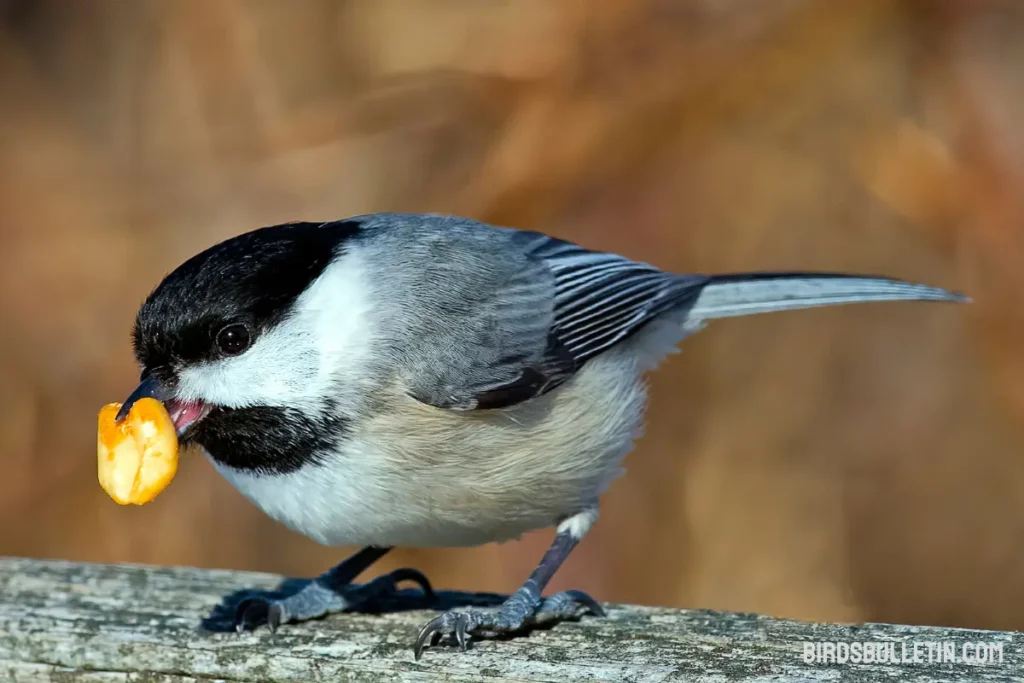
- Foraging – They actively glean insects, spiders, and seeds while moving through trees and shrubs. Chickadees search up, down, and all-around trunks and branches.
- Scratching – On the ground, they scratch leaf litter looking for fallen seeds, berries, and invertebrates.
- Hanging – Chickadees hang upside down from branches to reach food sources like pine cones. Their feet have a strong grip.
- Caching – They hide excess food in bark crevices and holes, returning to these caches during winter.
- Flocking – In winter, they form mixed flocks to help locate resources.
Winter Diet
This bird relies more on previously cached food and offerings at backyard feeders. Black oil sunflower seeds, suet, and peanuts are chickadee favorites. Sap wells provide an important winter food source.
Chickadees will still forage on warmer days for dormant caterpillars and eggs. They continue visiting their old hiding spots searching for any uneaten morsels.
Baby Chickadee Diet
For the first two weeks, baby chickadees are fed caterpillars, small spiders, insect larvae, and other soft-bodied invertebrates. As the nestlings grow, parents bring larger prey items.
Once fledged, the young still beg from their parents and follow them closely, learning to forage. The parents continue feeding the fledglings for several weeks until they become independent.
Frequently Asked Questions
01. Do Carolina Chickadees visit bird feeders?
Yes, Carolina Chickadees may visit bird feeders, showing a preference for sunflower seeds, suet, and mealworms.
02. How does their diet change with the seasons?
Carolina Chickadees adapt their diet seasonally, relying on insects in warmer months and incorporating seeds and berries during winter.
03. Do they feed on suet during winter months?
Yes, Carolina Chickadees are known to enjoy suet, a high-energy food source, especially during colder months.
Conclusion
From backyard feeders to deep woods, the Carolina chickadee’s varied diet supports it year-round throughout the southeastern United States. Watching chickadees reveals the natural foods available in your neighborhood.
Support these tiny acrobats by planting native vegetation and providing suitable feeders. Understanding chickadee feeding habits and needs can help us protect the biodiversity close to home.
References
- Mostrom, A. M., Curry, R. L., & Lohr, B. (2002). Carolina chickadee (Poecile carolinensis), version 2.0. In The Birds of North America (P. G. Rodewald, Editor). Cornell Lab of Ornithology, Ithaca, NY, USA.
- Foote, J.R., Mennill, D.J., Ratcliffe L.M., Smith, S.M. (2010). Black-capped Chickadee (Poecile atricapillus), version 2.0. In The Birds of North America (P. G. Rodewald, editor). Cornell Lab of Ornithology, Ithaca, New York, USA.
- Smith, S.B. (1991). Black-capped Chickadee: Natural History Notebooks. Ithaca, NY: Comstock Pub.


